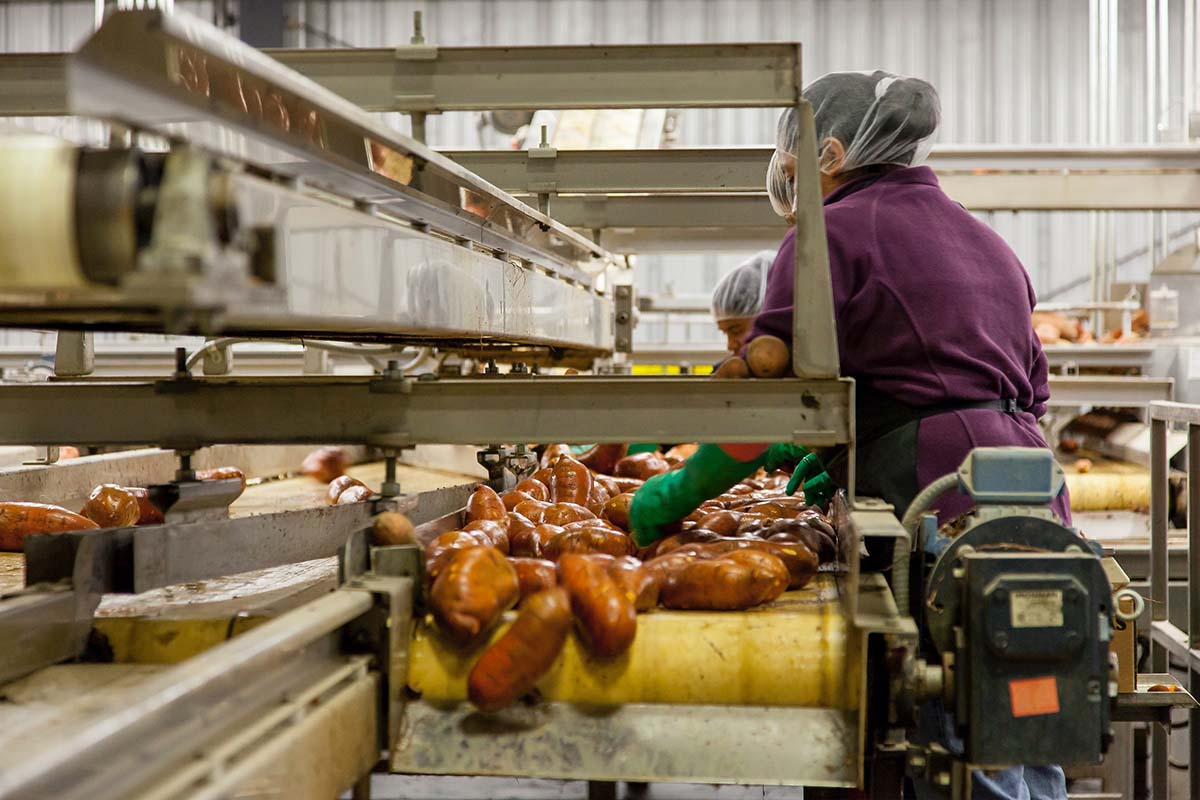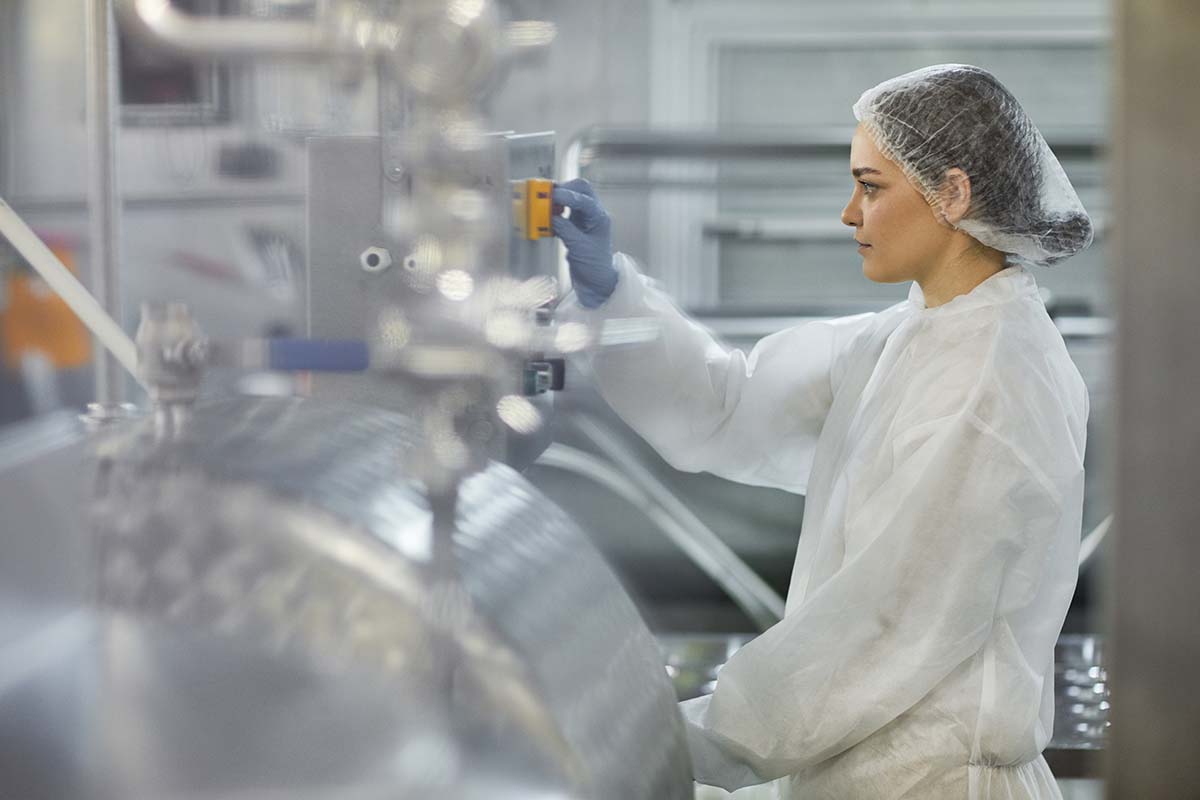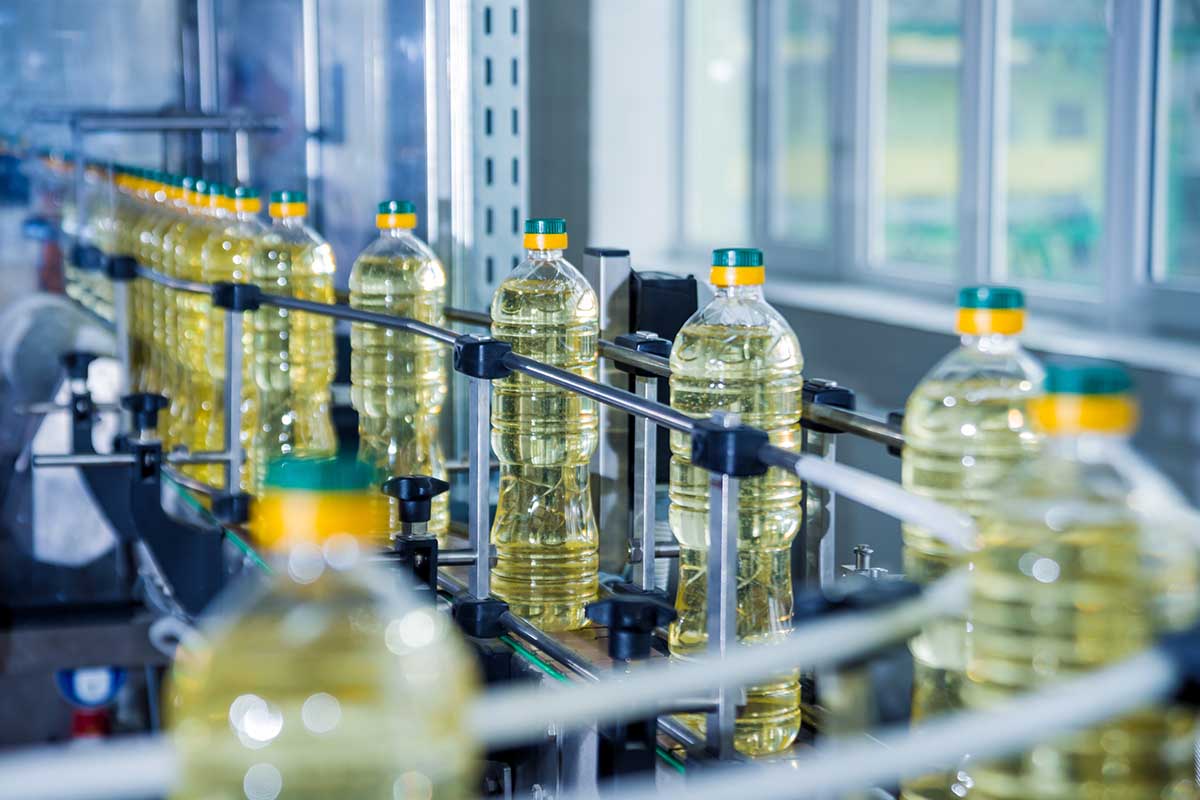Conveyor Technology to Drive Tastier Food Production
Conveyor systems efficiently transfer your product from one area to another while providing a seamless and mistake-free system. This system also allows for easy cleaning and sanitation, which is vital in the food industry.
The use of conveyor belts in food production has been a long time coming. It has started to revolutionize the industry by speeding up the transportation of materials between long distances, cutting down on human labor, and minimizing manual handling.
At the time, conveyor systems were costly and out of reach for most companies. However, as technology has advanced over the last decade, almost any company has made conveyor systems affordable. To appreciate the role of conveyors in the food industry, let’s talk more about its history.
Tastier Food Production: History of Conveyor Systems
Conveyor systems have been used since ancient times when farm workers used a pulley to transport grain and goods up a hillside to storage locations. The first documented use of an automated conveyor system was in 1745 in France, when a cloth ribbon was used to lift bales of cotton over an assembly line.
The first industrial conveyor system was developed by Carl von Linde in 1876. The original intention of this development was to help his ice cream production business. He observed that it took too long for his employees to fill the ice cream, so he devised a conveyor system that allowed him to pack 24 ice cream containers per minute. This invention revolutionized the ice cream industry.
A few years later, Charles Seeberger created another way to improve efficiency by using a similar concept in an entirely different industry-the meatpacking industry. He made a conveyor system that would hang the meat over hooks as they passed by on a chain and then drop them into an assembly area where workers would complete their tasks. This helped make the process much more efficient and safer for workers because they didn’t have to lift anything heavy or handle the meat directly.
Conveyors in the Food Industry
The food industry is experiencing tremendous technological advancements that make producing tastier, healthier foods possible. The use of conveyors is one of the ways that this is being done.
Conveyor systems are now used in most major food processing plants worldwide. They are used to move products from one area of the plant to another while being processed and packaged. They also help improve efficiency and increase the number of products that can be processed daily.
As a leading custom conveyors solutions online, we at Fluent Conveyors know the importance of this specific equipment in food production. It helps to improve the food manufacturing process and increase the quality of their products.
With the proper application of conveyor technology, food production has become faster, more efficient, and more effective at getting great-tasting products onto our tables.
The conveyor system is used to transport ingredients to the final packaging of products as they are prepared for shipping or retail sale. There are several different types of applications for these systems. We can apply Conveyor technology in the following ways:
Shipping
Food processing companies that employ conveyor belts can ship their products directly to a store, warehouse, or facility. Automating this process is standard, as it helps increase the speed and accuracy of delivery.
Tastier Food Production: Conveying
Another function of conveyor technology is moving products along a line. In some cases, conveyors transport products from one workstation to another, while in others, they are used to deliver raw materials and supplies. They are also sometimes used simply for storage and retrieval.
The other primary way conveyors are used within food production is for food transportation. In many cases, this is done to move freshly harvested crops or animal products from one location on a farm or ranch to another, where they can be further processed or packaged for distribution.
For example, a chicken processor might use a conveyor system to transport chicken carcasses through their plant so workers can debone them and package them for sale at grocery stores.
Production
Conveyors are often used in cooking operations after a product has been prepared for shipping. The conveyor allows for an even distribution of heat and cooking time. Just like conveying, automation is critical here – it is helpful because it reduces the time workers need to spend on the line operating the machinery.
Packaging
After preparation, a product will often be packaged to be shipped out or stored until ready to use. Packaging operations often use automated machinery, but conveyors remain an essential part of this. One way conveyors are used in food production is to fill bags or packs.
A typical packing line will feature a conveyor system that transports products down a line of workers who fill bags with products such as pasta noodles, cereal, or oatmeal. The loads are then moved down the conveyor again to be sealed by another worker at the end of the line.
Automation
Automated conveyors also allow employees to focus more on quality control tasks than safety hazards such as moving heavy items and chemical exposure. For example, suppose raw meat is transported along a conveyor belt through a wash cycle. In that case, the operator can be sure that the entire quality control process has been completed.
Takeaway
Conveyor systems help a business run smoothly, which means they will save money and time. There is no question that this type of system can boost overall productivity in the manufacturing process. To streamline your business, you should consider investing in this system to improve your efficiency further.
Whether you’re a distributor or manufacturer in the food industry, it’s easy to see how a conveyor system can benefit you. All told these systems are easy to use and install, contributing to greater efficiency and effectiveness in any food processing facility.
Infographic created by Herrmann Ultrasonics, an industrial plastic welding company.
Credits to Author Jeremy Axel
Jeremy Axel founded Fluent Conveyors; they design and manufacture conveyors for Waste and recycling industries, Manufacturing and Distribution centers across the United States. He is also known for building trusted relationships with conveyor dealers and reseller networks and developing advanced technological processes and tools that help them do their jobs more efficiently.






















